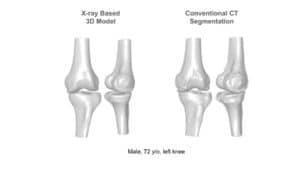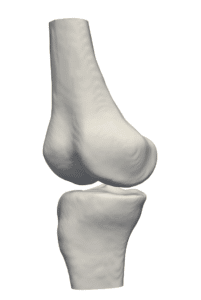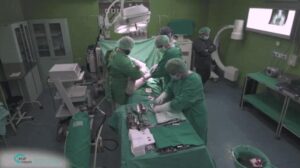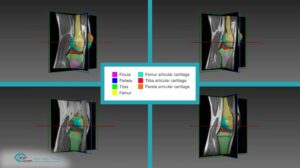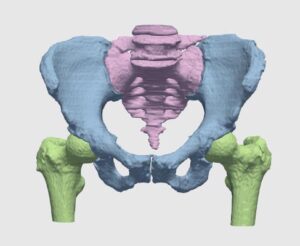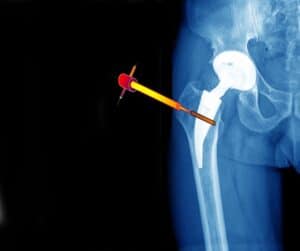Pathologies in the joint regions are common especially among elderly patients. They are caused, in many cases, by wear and tear of the cartilage layer cushioning between bones. The consequences of this deterioration can be serious and affect the proper function of the joint. Cases where the hip and knee begin to lose cartilage are very frequent and often require treatment.
One effective way of dealing with joint deterioration is by undergoing surgical replacement. Hip replacement (Total Hip Arthroplasty or THA) and knee replacement (Total Knee Arthroplasty or TKA) are frequent surgical interventions, which are rigorously planned in advance, a process which involves accurate measurements of various anatomical locations. A Computer Tomography (CT) image of the operative area is taken and a patient-specific model of the bone is prepared. The artificial joint is built upon this model, taking into account many patient-specific parameters such as the bone size, structure etc. Accurate planning is key to ensure that the new joint fits the patient anatomy and remains stable over a long period of time.
Computer-Assisted Joint Replacement Software
RSIP Vision has developed a software package based on sophisticated computer vision algorithms and the most advanced image processing techniques to aid in the modelling process with a very high anatomic precision. Commonly, the models are as precise as the resolution of the CT allows. Our software performs segmentation of the bones using the CT volume. The main challenge of this segmentation is the difficulty to identify the border between bone and cartilage. We solve this challenge by utilizing the Hounsfield units, gradients and shape structure into an optimization algorithm to trace the edges between soft tissue, cartilage and bones. Our software is able, in just a few minutes, to delimit edges and complete the segmentation, which otherwise would have taken hours for an expert physician to complete. Additionally, anatomical landmarks are detected and utilized in the fitting process. Current work on the next generation of RSIP Vision’s computer-assisted joint replacement software package is based on deep learning techniques, and it shows great results.

 Orthopedics
Orthopedics